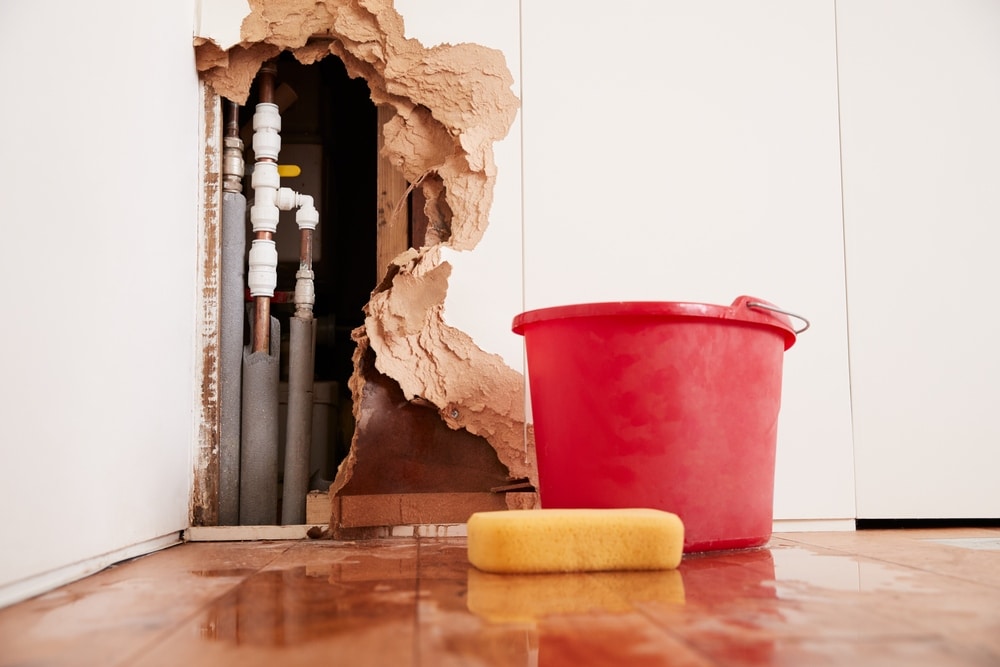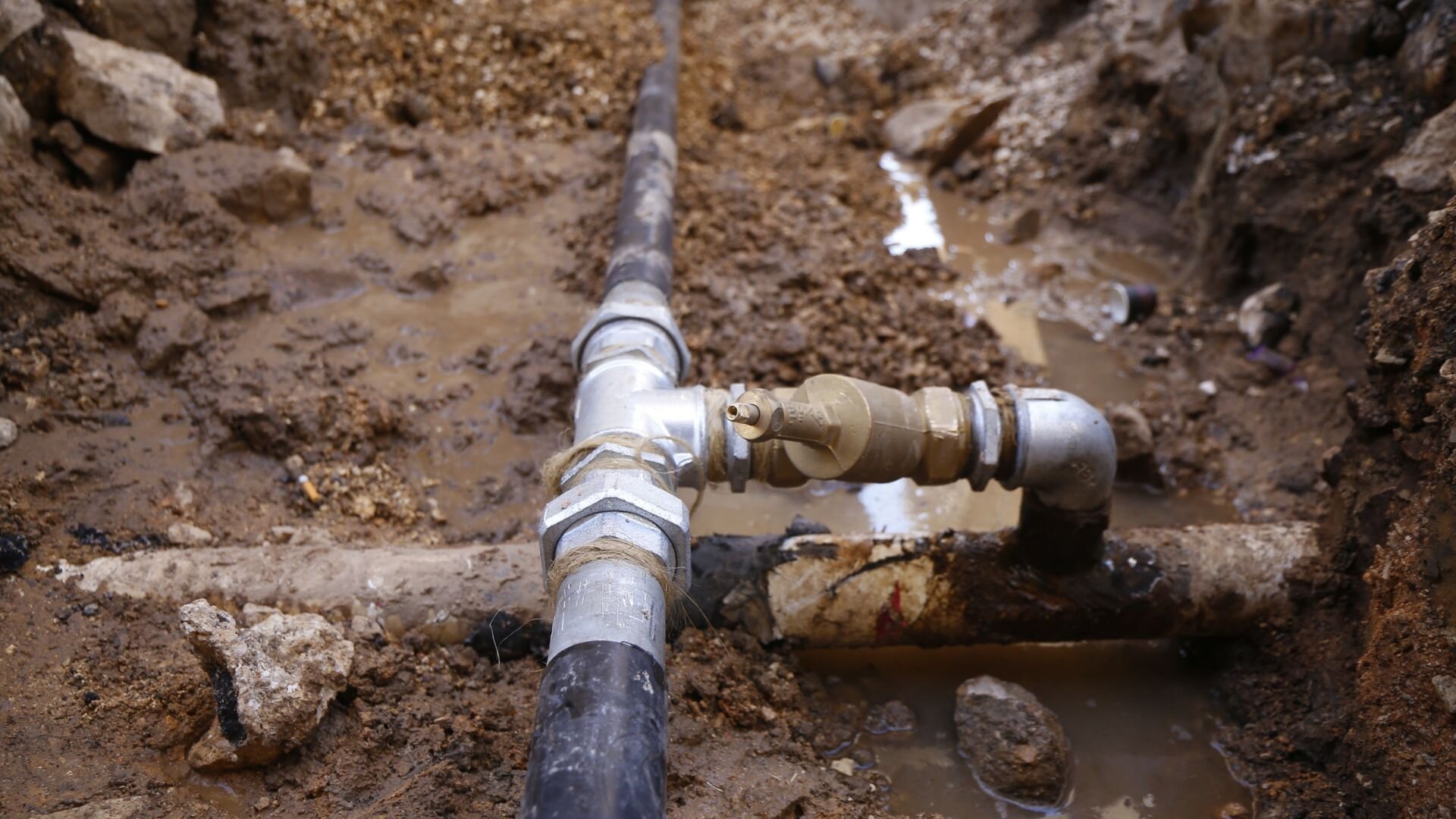Burst Pipe Insurance Claims: What You Need to Know for Water Damage Coverage
Burst Pipe Insurance Claims: What You Need to Know for Water Damage Coverage
Blog Article
Avoiding Ruptured Pipeline: Necessary Tips to Shield Your Pipes
Stopping burst pipes is an essential worry for home owners, specifically during cooler months when the risk of freezing is enhanced. Applying strategic procedures such as correct insulation, routine assessments, and maintaining constant indoor temperature levels can substantially reduce the probability of pipeline failing.
Understand Pipe Vulnerabilities
Comprehending pipe vulnerabilities is vital for reliable pipes maintenance and avoiding pricey damage. Several factors add to the susceptibility of pipelines to bursts, including product structure, age, and ecological conditions. Older pipelines, particularly those made from galvanized steel or polybutylene, often weaken gradually, causing raised threat of tears and leaks.
Temperature level fluctuations can additionally substantially effect pipeline honesty. In cooler climates, water entraped in pipes can ice up, applying and increasing pressure on the pipeline walls, which might ultimately bring about a ruptured. Furthermore, high water stress can stress pipelines, especially at joints and bends, increasing the possibility of failing.

Insulate Water Lines Appropriately
Correct insulation of pipes is critical for preventing freezing and succeeding bursts during chilly climate (burst pipe). Shielding your plumbing system efficiently safeguards against temperature drops that can result in costly damage. Begin by identifying prone locations where pipelines are revealed to outside temperature levels, such as basements, attics, and outside walls
Usage foam pipeline insulation sleeves or wrap insulation tape around these locations to supply a safety barrier. Guarantee that all areas of the pipes, especially those with limited heat exposure, receive adequate insulation. Pay special attention to fittings and joints, as these are more prone to freezing.
When insulating, it's vital to select materials that satisfy local building regulations and are suitable for the certain setting. As an example, fiberglass insulation is frequently advised for its thermal resistance properties - burst pipe. Additionally, consider using warmth cable televisions or tape in extreme problems, which can be connected in to give supplementary warm
Routinely check shielded pipelines for any kind of signs of wear or damage, as jeopardized insulation can diminish its effectiveness. By taking these positive measures, you dramatically reduce the threat of pipeline bursts, making certain a trustworthy plumbing system throughout the winter season.
Maintain Constant Temperature
A secure interior temperature level is essential for avoiding ruptured pipes throughout the frigid months. When temperatures drop, water within pipelines can have a peek at this website freeze, broadening and developing pressure that may ultimately cause the pipelines to burst.Making use of a programmable thermostat can aid handle indoor temperature levels efficiently, making certain that spaces with pipes remain cozy even when the home is empty.
On top of that, it is sensible to enable faucets to drip a little throughout extreme cold snaps. This minor circulation of water can prevent freezing by minimizing pressure within the pipes. Throughout particularly extreme climate events, consider temporarily putting on hold any kind of nighttime setbacks on your thermostat to keep a click this site constant warm setting. By implementing these techniques, property owners can substantially decrease the risk of pipeline bursts and protect their plumbing systems against the severe wintertime aspects.
On A Regular Basis Evaluate Pipes
Routine evaluations of plumbing systems are essential for avoiding ruptured pipes and maintaining overall home stability. Throughout these inspections, it is necessary to take a look at visible pipelines for signs of rust, leakages, or use.
Additionally, examining links and joints is important, as these points are commonly vulnerable to leakages. House owners ought to also examine water stress levels, as excessive stress can stress the plumbing system and boost the risk of pipeline bursts.
Take into consideration scheduling professional plumbing examinations at least when a year, specifically prior to winter, to ensure your system is prepared for cooler temperatures. By being proactive in your strategy, you can secure your home versus the turbulent and expensive effects of burst pipes.
Know Emergency Procedures
Comprehending emergency situation treatments is essential for every house owner, especially after carrying out regular pipes assessments. Being prepared for a plumbing emergency situation can significantly mitigate damages and conserve costs.
Next, keep necessary devices useful. A plumbing emergency package should include a wrench, plunger, and towels, along with a flashlight and a container for tiny leaks. Furthermore, think about having the call information for a trusted plumbing technician readily offered, needs to the circumstance intensify past your control.
If you spot a leakage or ruptured pipeline, promptly turn off the supply of water and alert your plumbing professional. In addition, document the damage with pictures for insurance coverage objectives. burst pipe. Be published here aware of the indicators of prospective pipes issues, such as uncommon water stress fluctuations or damp places on wall surfaces
Eventually, proactive knowledge and swift action are crucial in managing pipes emergency situations, ensuring your home remains safeguarded and lessening prospective damages.

Verdict
In verdict, avoiding ruptured pipelines necessitates a multifaceted technique that consists of understanding pipeline vulnerabilities, proper insulation, maintaining constant interior temperature levels, routine evaluations, and expertise of emergency procedures. By executing these important strategies, the risk of plumbing failings can be substantially decreased, thereby guaranteeing the longevity and effectiveness of the pipes system. Positive procedures not just protect versus possible damages yet also add to general water preservation and the defense of residential or commercial property.
In cooler climates, water entraped in pipes can ice up, exerting and broadening stress on the pipeline wall surfaces, which may ultimately lead to a ruptured. When temperature levels drop, water within pipes can ice up, creating and broadening pressure that might inevitably create the pipelines to ruptured. By carrying out these strategies, homeowners can significantly minimize the threat of pipe bursts and guard their pipes systems versus the extreme winter months elements.

Report this page